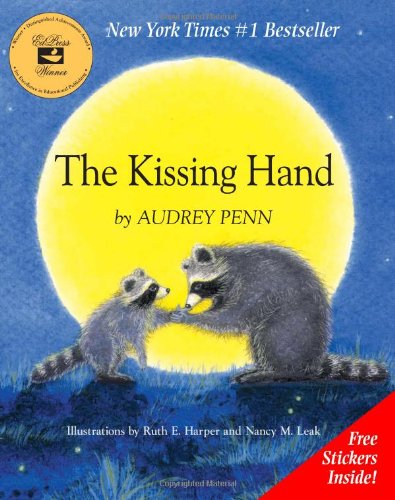The focus of this reading is to read the story and talk about new vocabulary. There will be opportunities in this reading to connect the information in the illustrations to the information in the text.
Most of the vocabulary in The Kissing Hand will be familiar to your listener and you. The author’s writing style is straightforward with little use of figurative language. Therefore, we’ll be spending most of our discussion time on the Reading Comprehension Best Practice of Activating Prior Knowledge/Making Connections.
*Read the pages before you ask the questions.
Read more...



